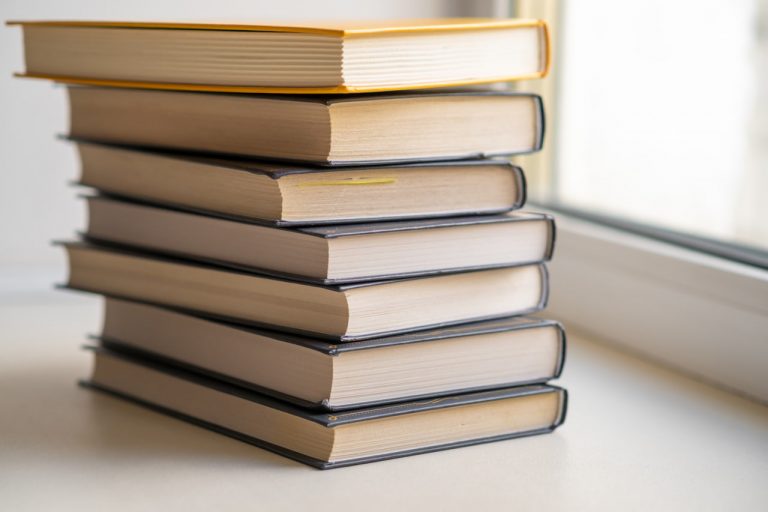The Art and Science of Book Restoration: Techniques You Should Know
Book restoration is a unique blend of artistic craftsmanship and scientific precision. It involves repairing, preserving, and sometimes reconstructing damaged or aging books to extend their lifespan and maintain their historical and aesthetic value. Whether you are a collector, librarian, archivist, or simply a book lover, understanding the techniques of book restoration can deepen your appreciation for this meticulous work. This blog explores the essential methods and approaches used by professionals to bring old books back to life.
Understanding the Goals of Book Restoration
Before delving into specific techniques, it is important to recognize the main objectives of book restoration. Restorers aim to stabilize the book’s structure, prevent further damage, and, where possible, return it to a condition that is both functional and visually pleasing. This requires balancing the preservation of original materials with the integration of new elements that will not compromise the book’s integrity or historical significance.
Assessing the Condition of the Book
The restoration process begins with a careful assessment of the book’s condition. This includes examining the binding, paper, cover, and any decorative elements. Identifying issues such as torn pages, brittle paper, water damage, mold, insect damage, or weakened spine helps restorers determine which techniques and materials are needed. Documentation and photographs are often taken to record the book’s original state.
Cleaning and Surface Treatment
Cleaning is a crucial first step in restoration. Dust, dirt, and grime can accumulate over decades and contribute to deterioration. Dry cleaning methods are typically used to avoid introducing moisture that can further damage paper. Tools like soft brushes, rubber erasers, and specialized sponges remove surface dirt carefully. In some cases, conservators use chemical treatments to remove stains or mildew, but these require expertise to avoid harming the book.
Paper Repair Techniques
Damaged pages are common in old books and require delicate repair methods. Tears and holes can be mended using thin Japanese tissue paper and wheat starch paste, materials chosen for their strength and compatibility with historic papers. These repairs are almost invisible and flexible, allowing the pages to open and close naturally. In cases of severe brittleness, deacidification treatments may be applied to neutralize acids in the paper that cause it to become fragile over time.
Binding and Spine Repair
The spine and binding are critical to the book’s structural integrity. Restoration often involves resewing loose or broken signatures (groups of pages), reinforcing the spine with new materials, or even rebuilding the binding while preserving as much of the original cover as possible. Traditional techniques, such as sewing on linen cords and using leather or cloth for the spine, are commonly employed. In some restorations, modern adhesives and supports are used to enhance durability without altering the book’s appearance.
Cover Restoration
The cover of a book, whether leather, cloth, or paper, is often damaged by wear, fading, or environmental exposure. Restoration may include cleaning, consolidation of flaking leather, repairing or replacing damaged corners, and reattaching loose covers. When replacing materials, restorers select historically appropriate fabrics or leathers and use reversible adhesives so future conservators can undo changes if needed.
Rebinding and Rebinding Alternatives
In cases where the original binding is beyond repair, a new binding may be created that respects the book’s historical context. Sometimes, restorers use a method called “conservation binding,” which secures the text block without altering original elements, allowing the book to be used safely while maintaining its authenticity.
The Role of Documentation
Throughout the restoration process, detailed records are kept. This includes notes on materials used, techniques applied, and any changes made to the book. Documentation ensures transparency and provides valuable information for future conservation work.
Balancing Restoration and Preservation Ethics
Book restoration is not just a technical process but also involves ethical considerations. Restorers strive to maintain the book’s originality and historical value, avoiding over-restoration that could misrepresent the book’s age or provenance. The goal is to respect the book’s story while ensuring it remains accessible to readers and researchers.




